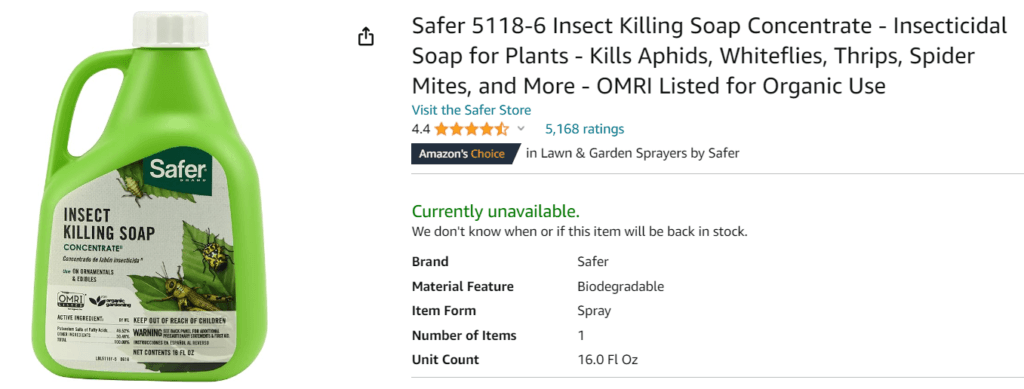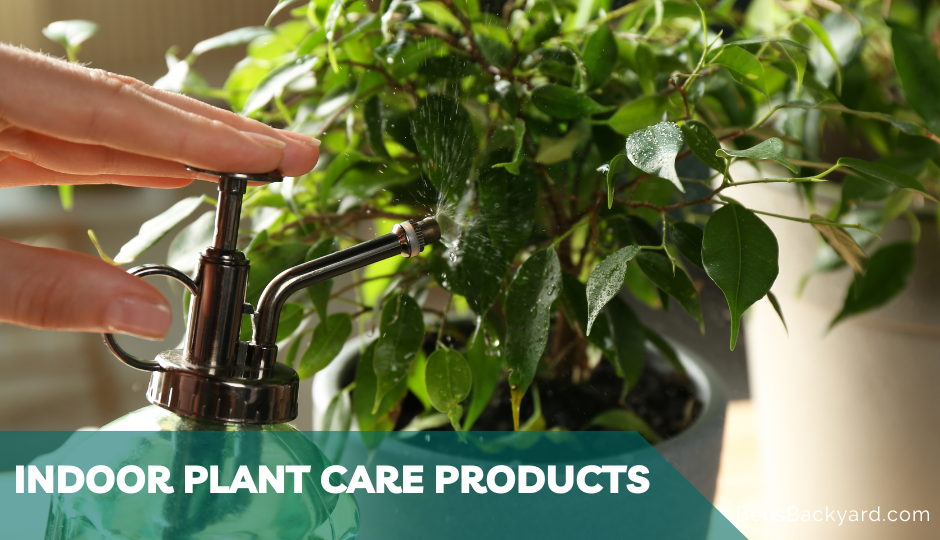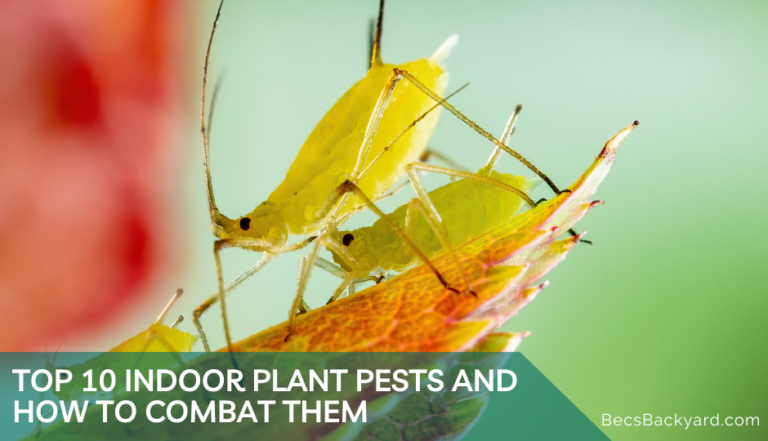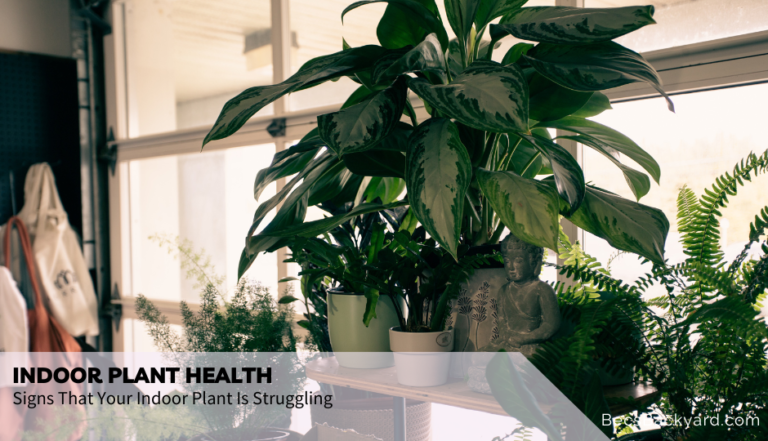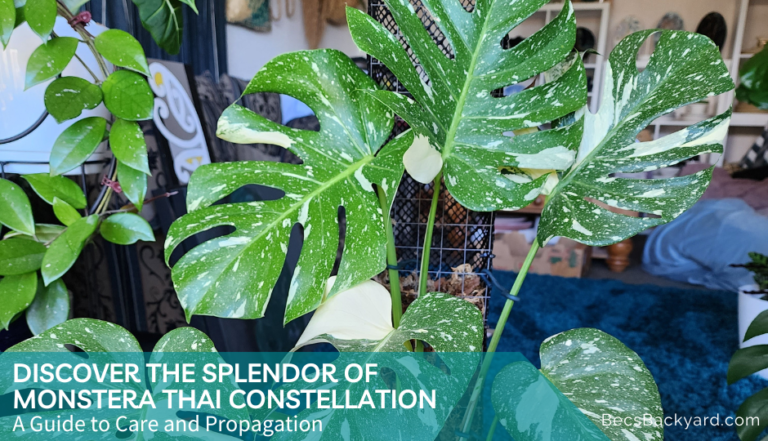Eliminate Spider Mites in Your Indoor Jungle
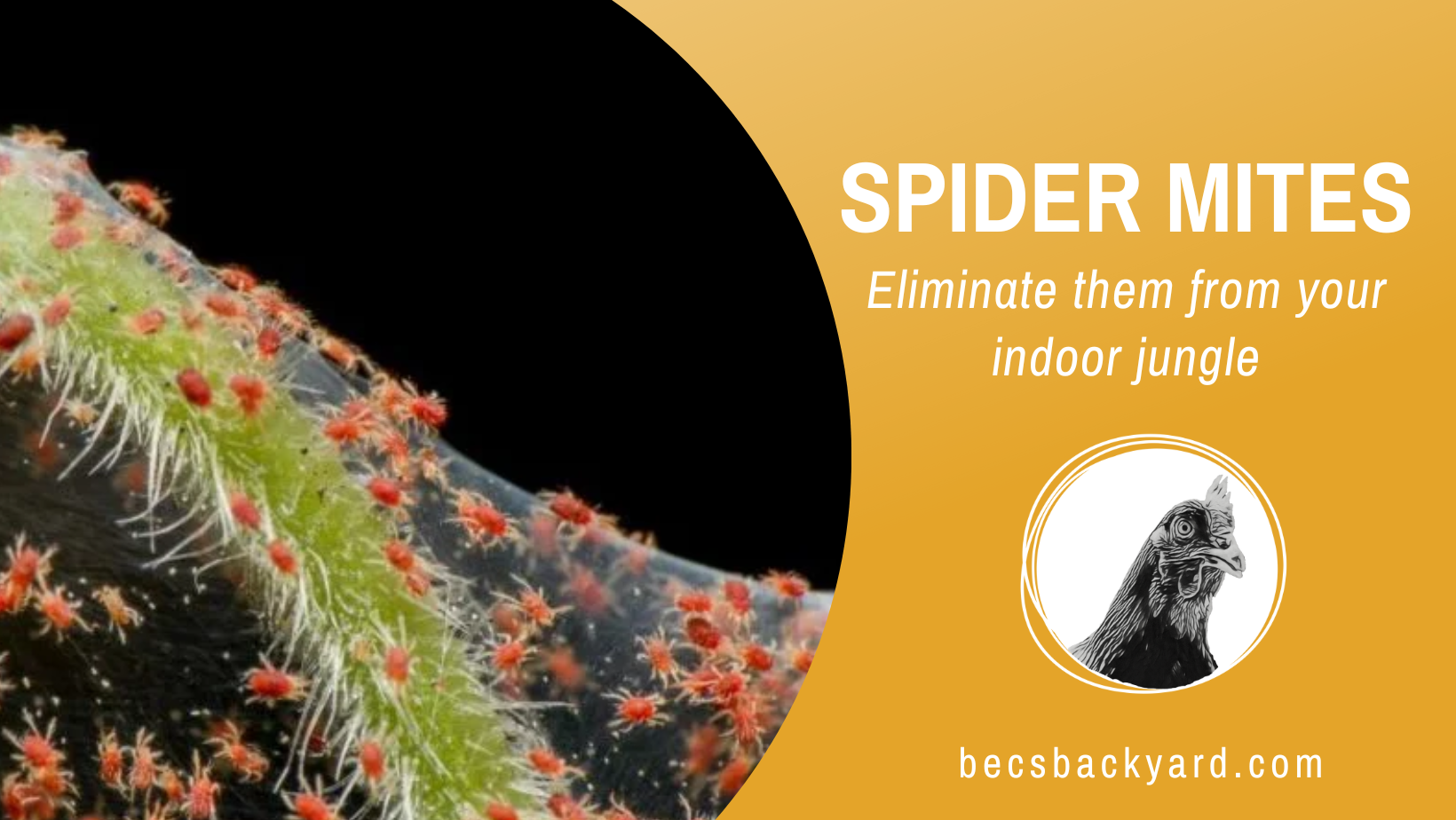
Spider mites, diminutive pests notorious for wreaking havoc on both indoor and outdoor plants, pose a significant threat to the well-being of indoor gardens. As arachnids closely related to spiders, ticks, and scorpions, spider mites can swiftly become a challenge for indoor plant enthusiasts. This comprehensive guide aims to provide valuable insights into identifying, preventing, and how to eliminate spider mites, especially in the context of caring for indoor plants.

Understanding Spider Mites in Indoor Environments:
Spider mites, such as the common Tetranychus urticae, are tiny arachnids that can be particularly challenging to detect in indoor settings due to their minuscule size. With eight legs and the ability to produce fine silk webbing, these pests can affect a variety of indoor plants. While there are over 1600 species of spider mites, the two-spotted spider mite and red spider mite are prevalent and can manifest in various colors, including red, green, yellow, orange, and brown. As indoor environments often provide a conducive atmosphere, it’s crucial to be vigilant against these pests.
Life Cycle:
Indoor plants are not immune to spider mites, and understanding their life cycle is essential for effective management. Most mite species overwinter as eggs on indoor plant leaves. As temperatures rise, tiny six-legged larvae hatch and molt into nymphs before becoming mature adults. Females lay up to 300 eggs over a few weeks, and favorable conditions, such as warm and dry indoor environments, can expedite their development. Indoor gardeners should be aware of the potential for infestations and the importance of preventive measures.
Damage Caused by Spider Mites:
Detecting spider mites indoors can be challenging due to their small size. Their piercing-sucking mouthparts feed on plant sap, resulting in tiny yellow spots on leaves. This damage can progress to leaf discoloration, curling, and eventual drop-off, impacting the overall health of indoor plants.
Spotting and Preventing Damage:
Regular inspections of indoor plants, assisted by a 10x hand lens, are essential for early detection of spider mites. Yellow or white spots on leaves may indicate their presence. If identified, it’s crucial to isolate the affected plant and initiate prompt treatment to prevent further spread. Indoor plants heavily infested may not recover, necessitating removal and proper disposal.
Management:
Chemical pesticides are not always the best solution for indoor environments, as they may harm beneficial insects or leave residues. Pruning affected plant parts, proper watering, and using water sprays are natural methods for controlling spider mite populations indoors. Introducing beneficial insects like ladybugs and predatory mites can help disrupt the reproductive cycle. Additionally, horticultural oils and botanical insecticides suitable for indoor use can be effective in managing spider mites without harming indoor plants.
Frequently Asked Questions
What are spider mites, and how do they damage plants?
Spider mites are tiny arachnids that belong to the Tetranychidae family, with Tetranychus urticae being a common species. They feed on plant sap by piercing the cells with their mouthparts, causing stippling or yellowing of leaves. Severe infestations can lead to leaf discoloration, reduced plant vigor, and even death in extreme cases.
How can I identify a spider mite infestation on my plants?
Look for signs such as stippled or yellowed leaves, fine webbing on the undersides of leaves, and the presence of tiny moving specks (the mites themselves). Shake a leaf over a white sheet of paper; if you see small dots moving around, they may be spider mites. Additionally, use a magnifying glass to inspect the leaves for the tiny, often red or brown, spider-like creatures.
What are effective methods for controlling spider mite infestations?
Regularly inspect plants for early signs of infestation. Increase humidity around plants by misting them and maintaining soil moisture. Natural predators like predatory mites, ladybugs, and lacewings can be introduced to control spider mite populations. Insecticidal soaps and neem oil are also effective, but be cautious not to harm beneficial insects. Additionally, rotating and diversifying crops can help prevent recurrent infestations.
Are spider mites harmful to humans?
While spider mites are not harmful to humans in the same way some spiders are, they can cause skin irritation. Handling infested plants may result in skin rashes or redness. It’s advisable to wear gloves and protective clothing when dealing with infested vegetation and to wash hands thoroughly afterward. However, the primary concern with spider mites is their impact on plants rather than direct harm to humans.
Conclusion:
Effectively managing spider mites in indoor plant care involves a proactive approach that combines regular inspections, natural control methods, and strategic interventions. By understanding the unique challenges posed by spider mites in indoor environments, plant enthusiasts can maintain healthy and thriving indoor gardens.

